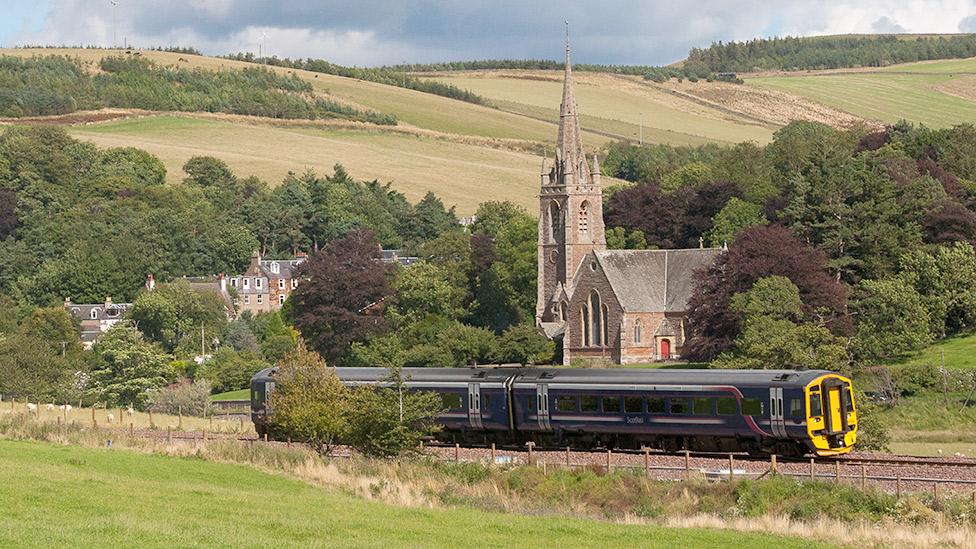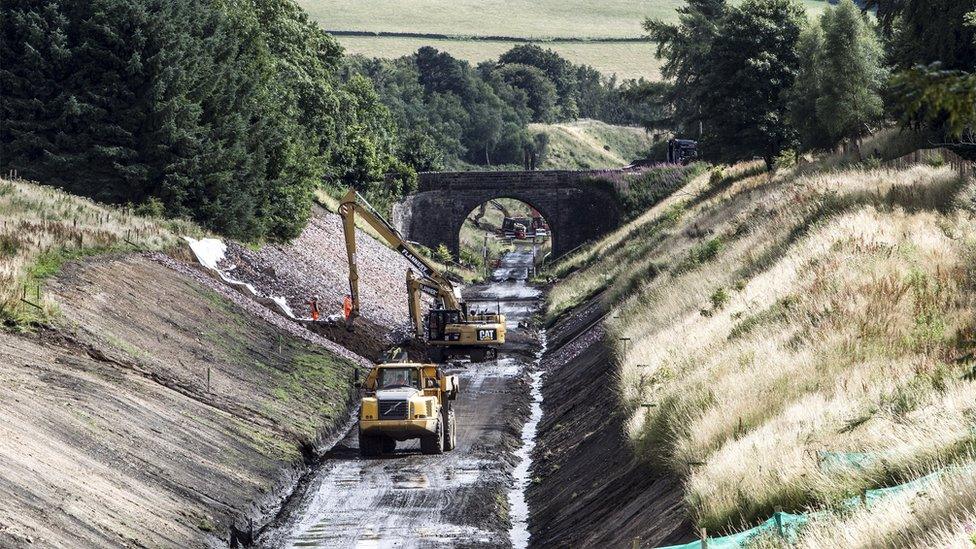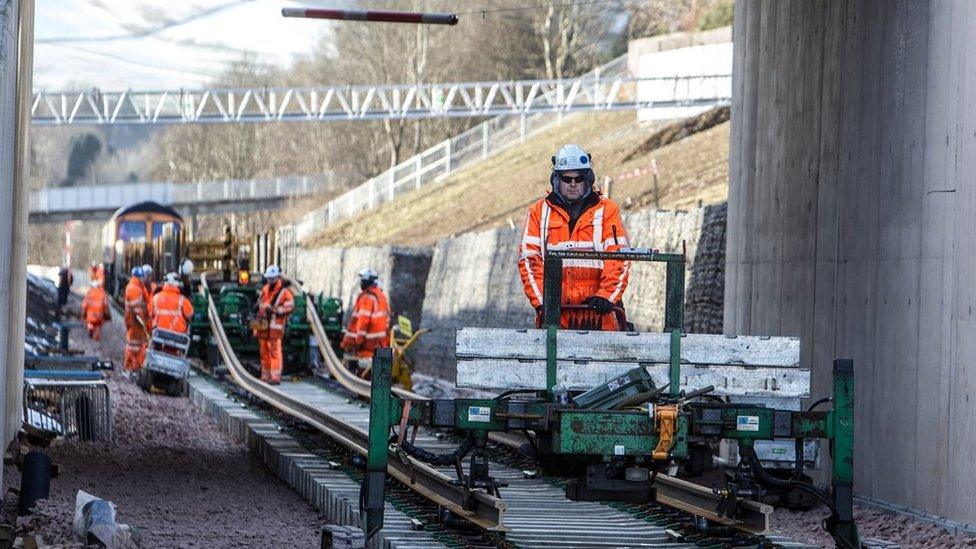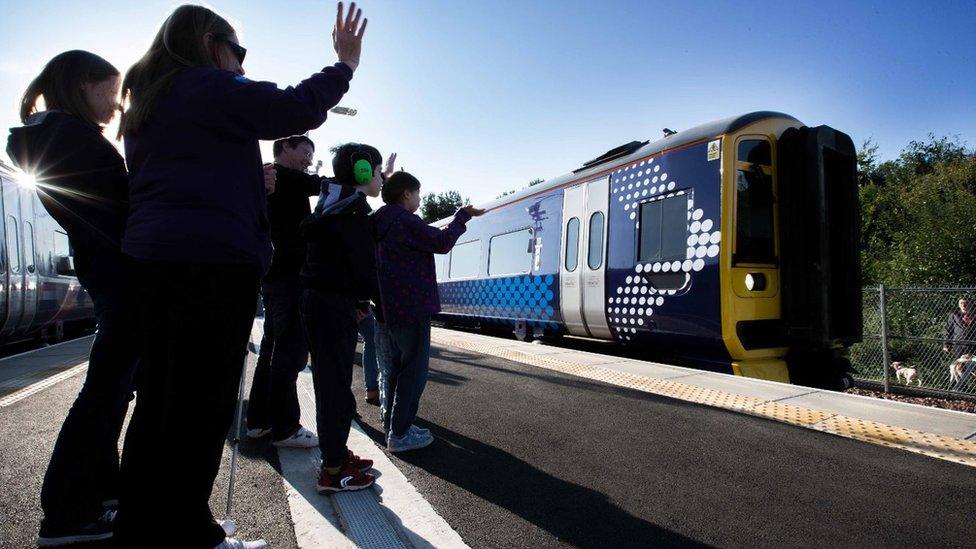Borders Railway journey reaches its destination
- Published

The Borders railway has taken its time to finally become a reality. Picture by Dougie Johnston
It has been a long journey and not always a straightforward one.
For the past decade or so, I have been writing stories about the return of trains to the Borders but, of course, the struggle started long before that.
Indeed, you could argue that the battle really began back in 1969 - or even earlier - when the Waverley line through the region was closed.
On the night when the final train set off from Edinburgh there was a demonstration in Galashiels station.
There were also protests at Melrose and Hawick.
Despite the opposition, the sound of a train pulling up at a station would be absent from the Scottish Borders for the next four decades and more.
There were regular rumbles of discontent in between times and they started to take more solid form at the end of the 20th century.
In 1999, the Campaign for Borders Rail was formally launched at a Burns Supper in Melrose Station.
It subsequently gathered thousands of signatures on a petition pressing for a route to the region to be reopened.

The first phase of works to prepare the way for the railway provided an indication of the scale of the project. Picture by Borders Railway
And, in 2000, an independent study concluded that the reopening of the Borders rail link could be financially viable.
The gears of progress were slowly clicking into motion and, five years later, a Holyrood committee supported the case for reopening the line.
Then, in 2006, the bill was approved which would pave the way for work to finally begin.
At that time a £155m price tag was attached to the project with a forecast opening in 2011.
However, there were soon problems in meeting both that deadline and budget and it emerged that both would be missed.
By 2008, the estimated costs had risen to between £235m and £295m and the opening date was pushed back two years.
Work officially started in 2010 but there were still a few twists and turns in store.
Three groups were selected to submit tenders for the work but as companies dropped out of the process that plan had to be scrapped.
Instead, the Scottish government decided that Network Rail could take the project forward.
Despite these apparent setbacks, the major clearance and constructions works continued along the length of the line from Tweedbank to Edinburgh.

The track laying work was a symbolic moment for the route between Tweedbank and Edinburgh. Picture by Borders Railway
All along the route, there were now clear indications that transport between the capital and the Borders was being transformed as stations, bridges and new road layouts slotted into place.
And, although the completion deadline was once again put back to 2015, the reality of the scale of the scheme was really starting to sink in.
Then, last year, a symbolic moment was reached as the track laying began.
As machines slowly rolled along the route, it became clear that the decision which had so incensed many people nearly half a century ago would finally be reversed.
Historic moment
Some have said it does not go far enough and would like to see the line extended back to Carlisle where it used to reach.
Others have concerns about turning south east Scotland into a commuter belt for Edinburgh or question how much effect it will have in more remote parts of the Borders.
But what cannot be doubted is what a historic moment it is for this part of the country.
A region which has gone without railway stations for so long will now have no fewer than three.
One long journey which started in the late 1960s has been completed and now many more - lasting an hour at most - can be undertaken.
- Published6 September 2015
